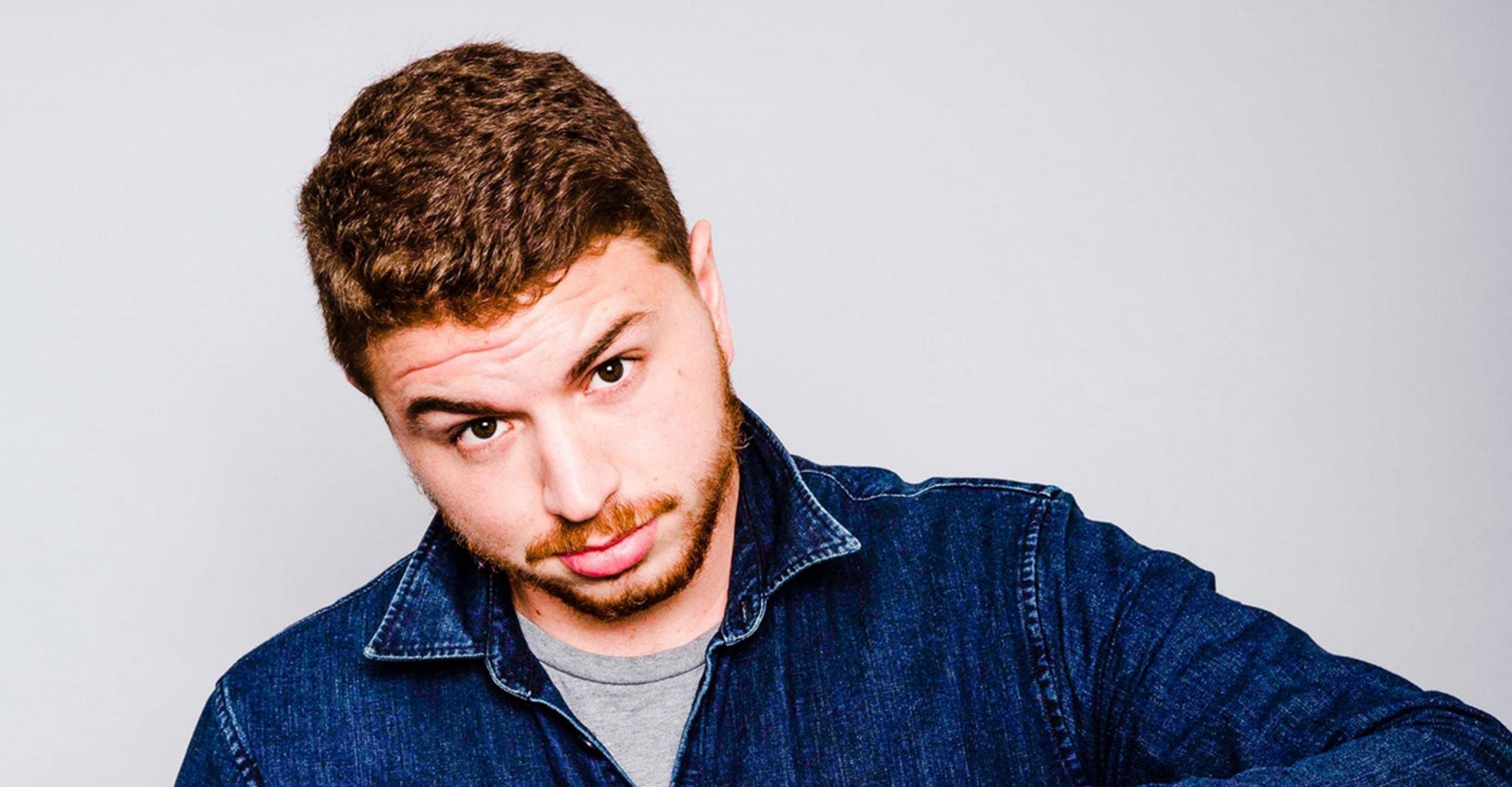Easy Breezy Beautiful, Coverboy

In October 2016, Covergirl cosmetics signed their first ever Coverboy: 17- year-old James Charles from the small town of Bethlehem, NY. First rising to popularity for his makeup tutorials and artistry on Instagram (client), the beauty brand quickly took notice of the teenager’s obvious talents and more importantly, his distinct take on whom should be allowed to wear and play with makeup. To James, that’s anyone and everyone.
Covergirl’s move to coronate its first Coverboy
signifies a noticeable shift in the beauty industry.
It was the first brand campaign that led to
the recognition of something that has been
steadily brewing with the youngest generation
of beauty consumers: beauty belongs to
everyone. This should come as no surprise, as
Generation Z not only is the most diverse
population when it comes to race, gender identity,
and sexual orientation, according to a recent
Vice article, but they are also fierce advocates
for equality, as a recent 747 Insights study
showed. After all, Gen Zers grew up immersed
in a digital world with access to a myriad of
perspectives, in a time where gay marriage
was normalized, and where they witnessed the
election of the first African-American president.
Democratizing Beauty
A decade ago, the idea of beauty being for everyone certainly wasn’t trending. If you named any legacy brand, the image of “beauty” was almost always personified as a fair-skinned, red-lipped, tousled-haired brunette donning a killer smoky eye while showing off the latest product. While this image hasn’t completely been eradicated, the steady rise of Generation Z has largely contributed to the gradual democratization of beauty. According to Women’s Wear Daily, Gen Z female teens spent $368 on average on beauty products in 2018—and that is projected to increase 18% year over year. As their spending habits continue to grow, we’re witnessing the direct results of their impact by examining some of the most popular beauty brands today.
For example, a Barkley and Futurecast 2017 study on Generation Z found that over “70% of Gen Z like ads that show real people in real situations.” It also noted that we are a generation that is quick to accept the differences in others. Enter Glossier. Founded by Emily Weiss in 2010, the brand was born out of her desire to bring out more “realness” in the beauty industry. 1.6 million Instagram followers later, we can see that Weiss’ vision coincided very closely with Generation Z’s moral tenants and that helped bring the brand into cult popularity. Just look at their Instagram: their bio reads, “Glossier Inc. is a people-powered beauty ecosystem.” On their feed, you will see everything from a toweled pregnant woman taking a selfie in her bathroom, to an African-American boy wearing their popular highlighter. As you scroll through their feed, you can see beauty being democratized before your eyes.
40 Shades of Change
Condé Nast published a 2018 research study that examined the purchasing habits of Gen Zers and Millennials. It turned out that the number one emerging brand was Fenty Beauty. While some may argue that Rihanna’s star power fueled the longstanding buzz, I would counter that by attributing their success to the company’s revolutionary view on beauty. In September 2017 the ad campaign released on YouTube featured a diverse cast, including the hijabi model Halima Aden and Australian-Sudanese model Duckie Thot. The video went viral instantly. In addition, they released 40 shades of foundation, which was profoundly disruptive to the traditional practice of initially launching 15 shades, with a limited amount of shades accommodating darker complexions. Fenty’s move immediately sent the message that they were in the business of accommodating and including women of all skin tones. Within the first month, Fenty Beauty had racked up $72 million in earned media value, according to Inc. The wave was so powerful that other companies scrambled to follow suit. By May 2018, Revlon, Dior and even Covergirl released new foundation collections, debuting 40 shades. Coined as the “Fenty 40,” foundation inclusivity has become the beauty industry’s standard.
Gen Zers are often classified as disruptors simply because we are willing to put our money where our mouth is. We want to see a brand’s values parallel our own. If a brand doesn’t stand for something, we won’t pay it much mind. Because this is a generation that has a clear stance on what representation looks like, the brands that have taken a stance have not only seen a thriving bottom line, but also intense consumer loyalty. This generation has managed to quickly turn a long-standing legacy industry completely on its head and for the better. From trans beauty influencers, to Boy de Chanel, to natural-haired models—and to the first-ever Coverboy, Gen Z has recast the faces of everyday beauty campaigns shaping a radically different future. To me, that is truly beautiful.



